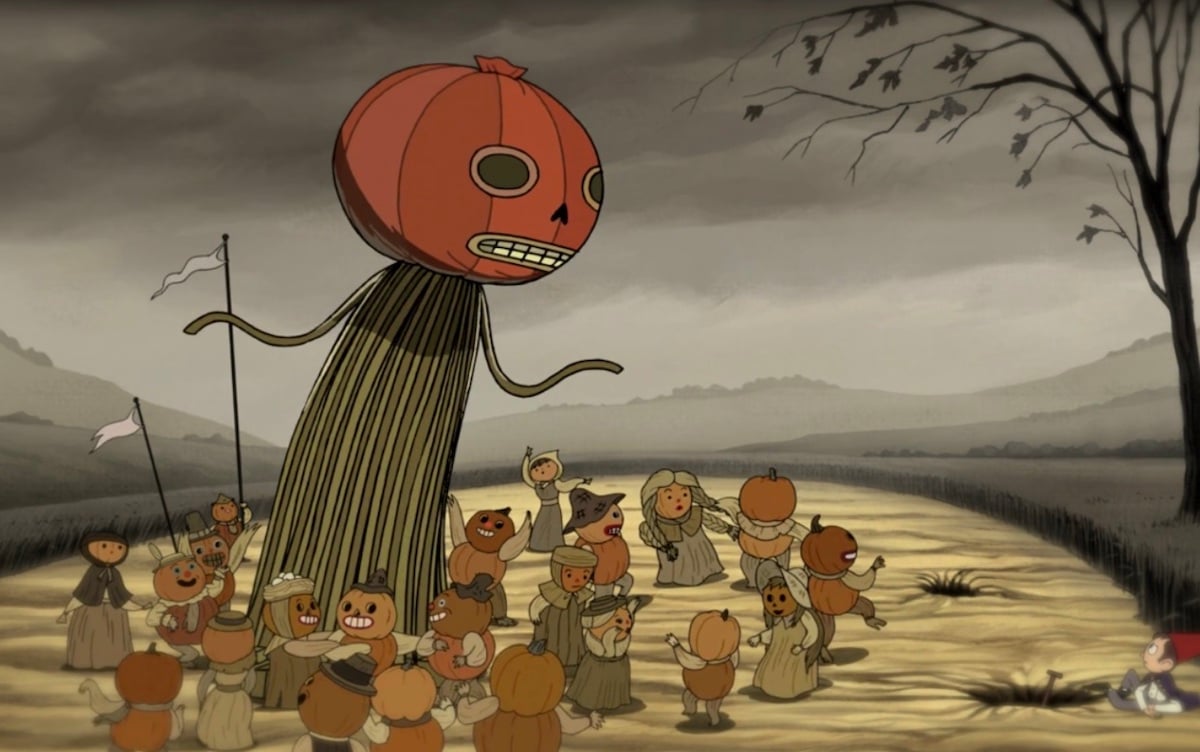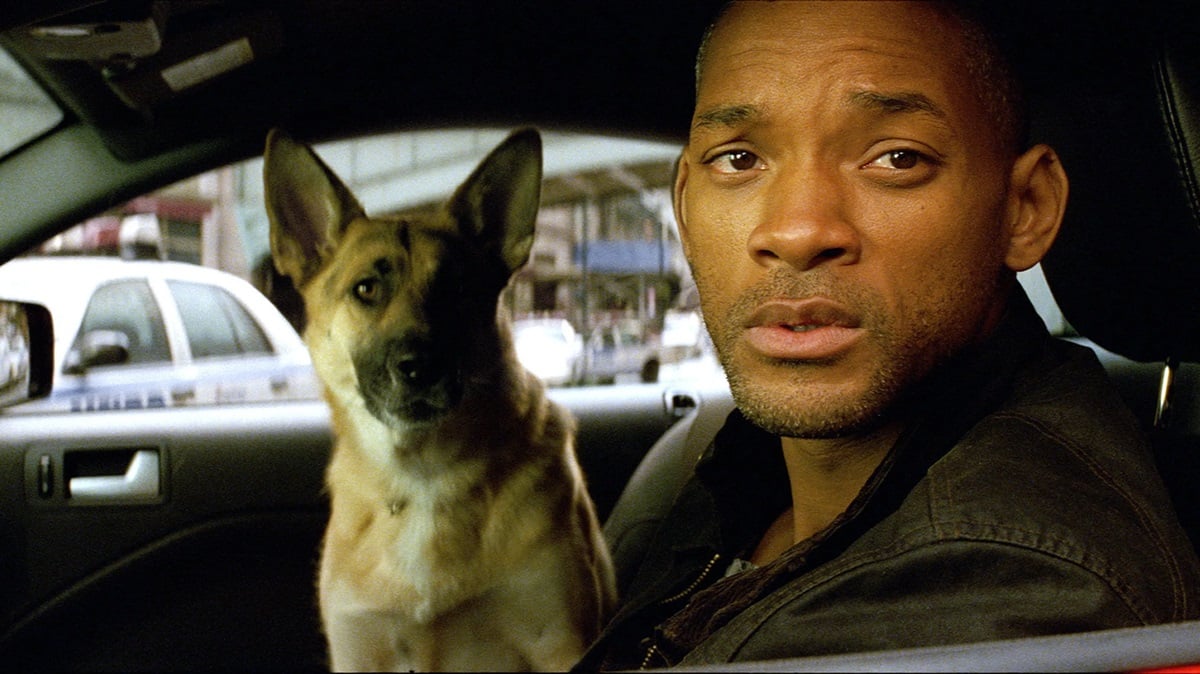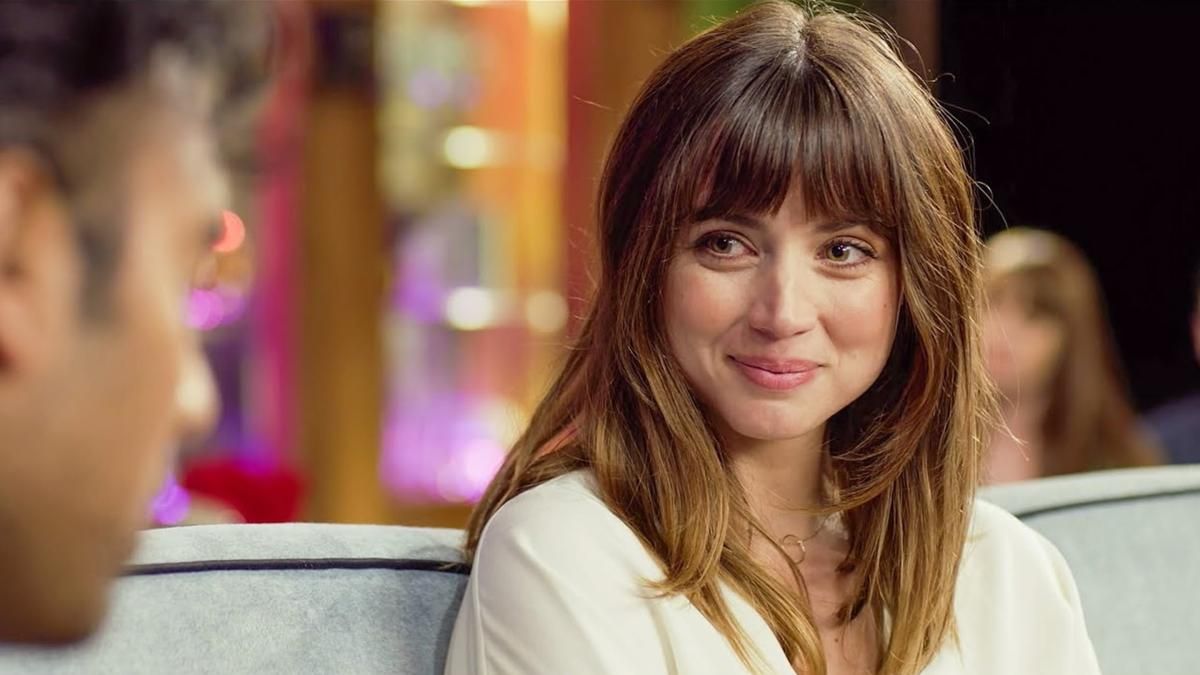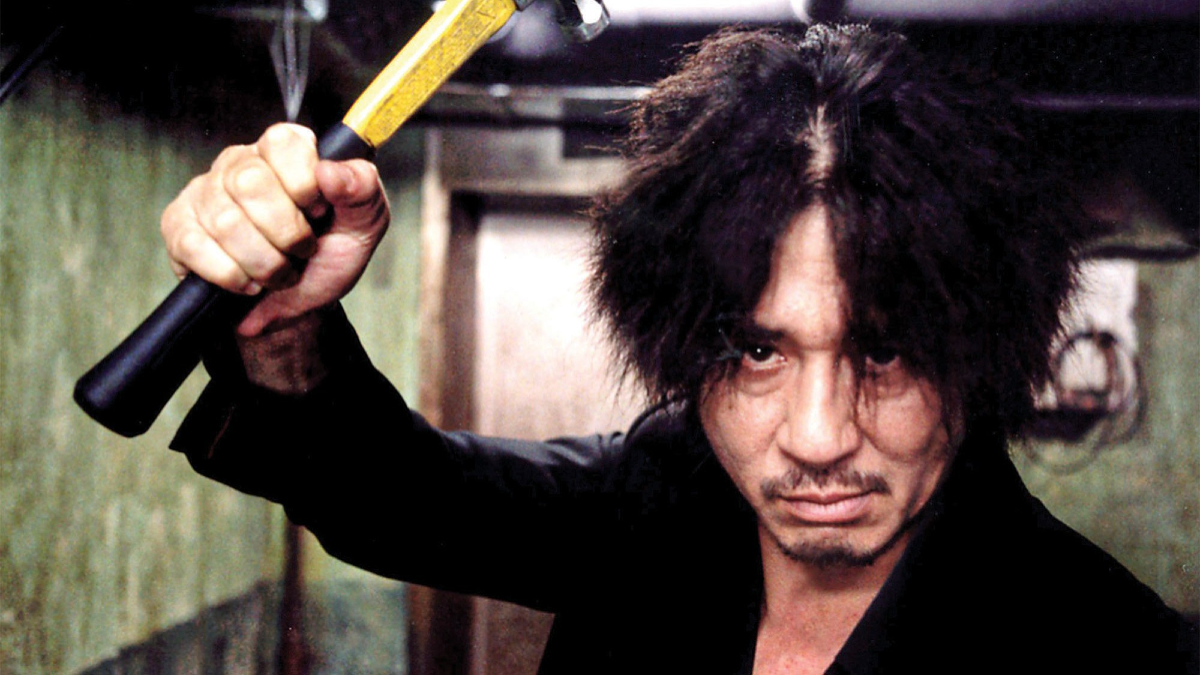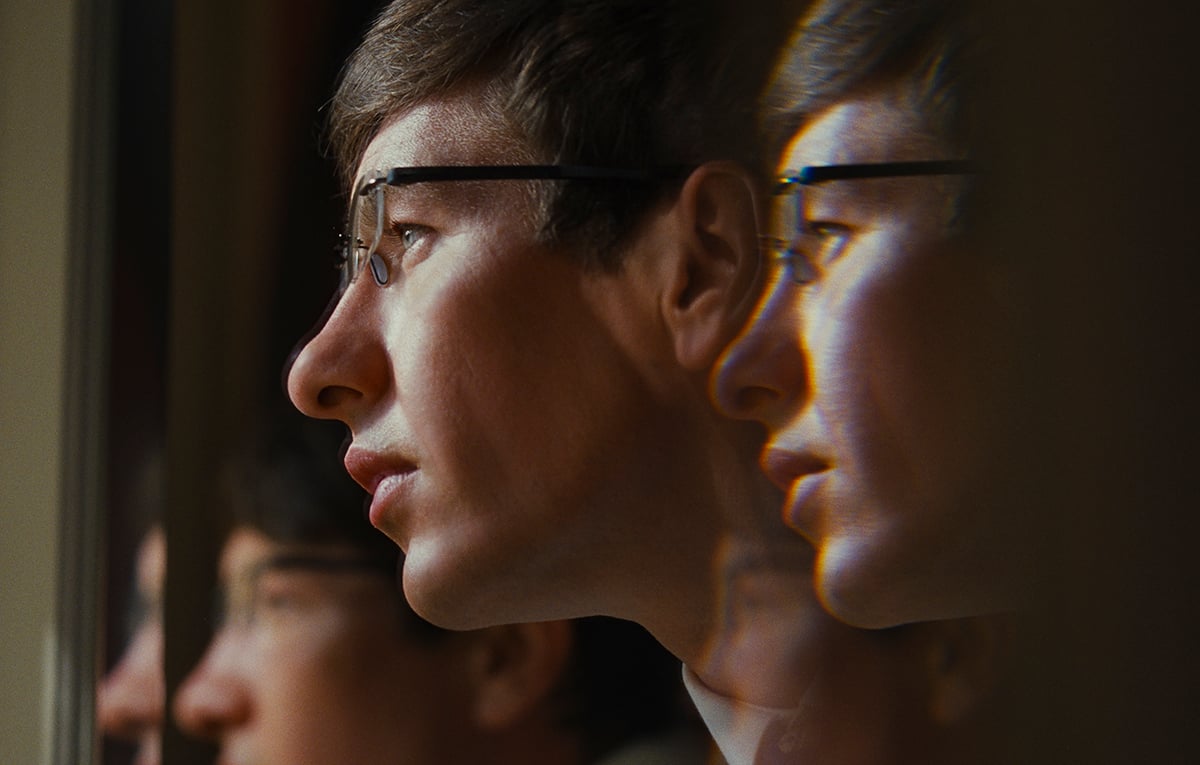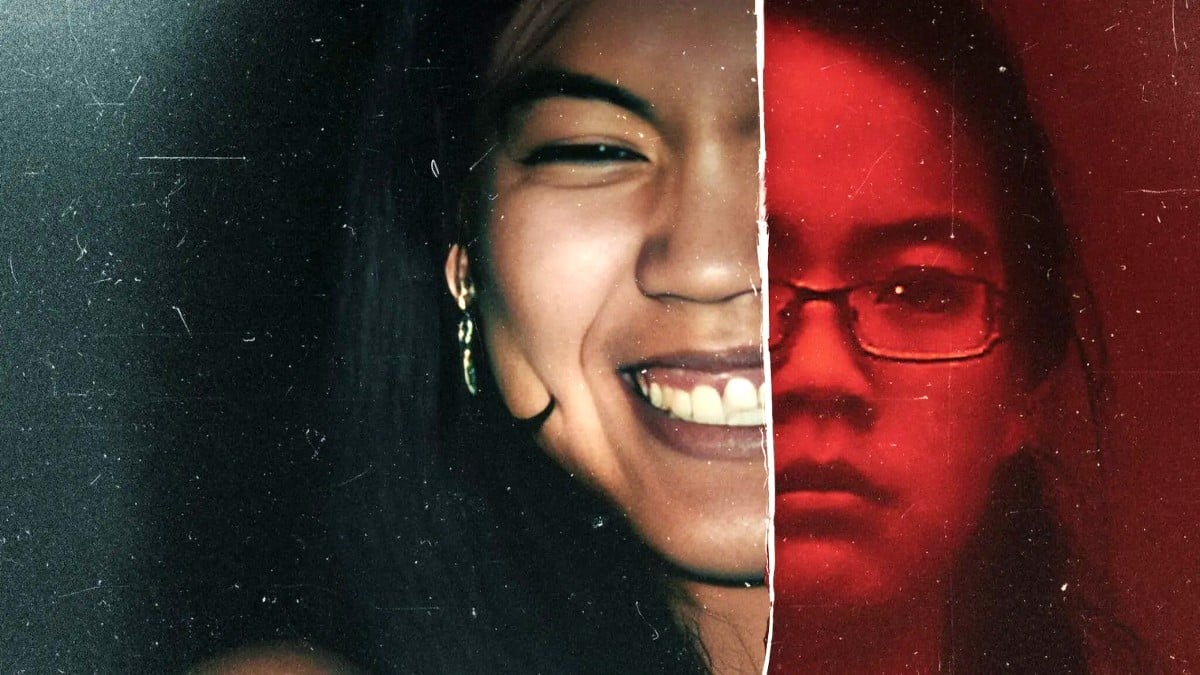I’m a relative newbie to the world of horror. Sure, I’ve read and watched the classics, but it’s only recently that I’ve come to appreciate the complexity and variety of what horror has to offer. Horror doesn’t have to be limited to jump scares and gore! You can love horror even if you’re not into slashers! Finally realizing this fact was a revelation for me, and it was aided by modern horror masterpieces like Midsommar and The Witch, which lean hard into atmosphere but don’t make you piss yourself in instinctive terror.
What’s especially great about horror is all the subgenres into which it can be categorized. Paranormal horror, slasher flicks, body horror, folk horror, psychological horror, ghost stories, gothic romances, monster movies—the best horror has as many facets as a gemstone, with one work easily fitting into multiple genres. My personal favorite genre is folk horror: the eldritch monsters, human or otherwise, that arise from folklore and preindustrial societies. Think of abominations in embroidered aprons, or unspeakable rituals that make the crops grow. I can’t get enough of it.
Imagine my excitement, then, when I found out about a horror genre I’d never heard of, but instantly made sense: cozy horror.
What is cozy horror?
If, like me, you love 1) ghosties, 2) beasties, and 3) steaming mugs of cocoa, then cozy horror will be right up your alley. The term is a few years old, but it most recently bubbled up on the May 30, 2023 episode of the horror podcast Books in the Freezer. The episode defines cozy horror thusly: “when you have horror, you can have all the spooky elements, but if you know, for example, you’re going to have that happy ending, or low stakes … or even if the stakes are big, it’s surrounded by humor, or a love interest, or things that kind of negate those big stakes.”
Cozy horror may sound safer than other horror genres, but it’s a mistake to think that it’s any less complex or sophisticated. Cozy horror can still have complicated characters, lush cinematography or prose, or plot twists that make you gasp. It can still have uncanny elements that stick with you afterwards, slowly creeping under your skin.
What are some examples of cozy horror? If you turn to the horror aficionados of the internet, you might hear answers like Over the Garden Wall, the horror novels of T. Kingfisher (I especially recommend What Moves the Dead, a retelling of The Fall of the House of Usher that’s equal parts cozy and chilling), or the work of Tim Burton. Some people even suggest that The Shining and Spirited Away count as cozy horror, and while I would argue that The Shining isn’t cozy and Spirited Away isn’t horror, I’m just glad people are into both those movies, because they’re great!
After the podcast aired, Sadie Hartmann, author of the forthcoming 101 Horror Books to Read Before You’re Murdered, brought the conversation to Twitter.
Hartmann and others also gave examples of their favorite cozy horror.
Of course, you know what happens on Twitter: People are compelled to take something fun and wholesome and turn it into a heated debate. Sure enough, people got upset about the existence of cozy horror. Some claimed that cozy horror is an oxymoron. Others sniffed that anything “cozy” must be infantilizing. Others claimed that coziness is gentrifying horror, or that cozy horror robs horror of its essence.
What’s odd about the whole debate is that the time people spend denouncing a genre is time they could spend reading or watching stuff they actually like. Why on Earth do people care so much?
Why do people hate cozy horror?
The heart of the problem, it seems to me, is that many people see horror as an endurance contest. The more viscerally terrifying something is (the reasoning goes), the better it is at being horror. The Ring, according to this logic, is better than What We Do in the Shadows, because it’s scarier. Terror is the only metric by which horror is judged, and the more terrified a viewer or reader can stand to be, the better a horror fan they are. If you cover your eyes, you’ve failed at loving horror.
It’s also undeniable that this problem is gendered. Endurance is associated with masculinity, and coziness is associated with femininity. Maybe that supposed femininity is what makes cozy horror feel so threatening to people who consider themselves hardcore horror fans. The cozy horror debate is almost identical to the YA debate: instead of recognizing that genres are fluid and multifaceted, people run screaming from anything associated with teen girls.
After the debate erupted, Hartmann posted a link to Brian J. Showers’ “‘That Didn’t Scare Me’: Thoughts on Horror Fiction”, an essay that gets to the heart of why horror can be so much more than just scary. “There are plenty of emotional sensations available to the skilled writer,” Showers writes, “the adrenaline rush of fear being only one of them. And this sensation alone is insufficient to judge the vast scope of horror. So much for ‘That didn’t scare me’.”
If the idea of cozy horror offends you, there’s a simple solution: don’t read or watch it. And if you find out that something you love has been classified as cozy horror, then perhaps think twice before you decide you’re living in a horror movie yourself.
(featured image: Cartoon Network Studios)



